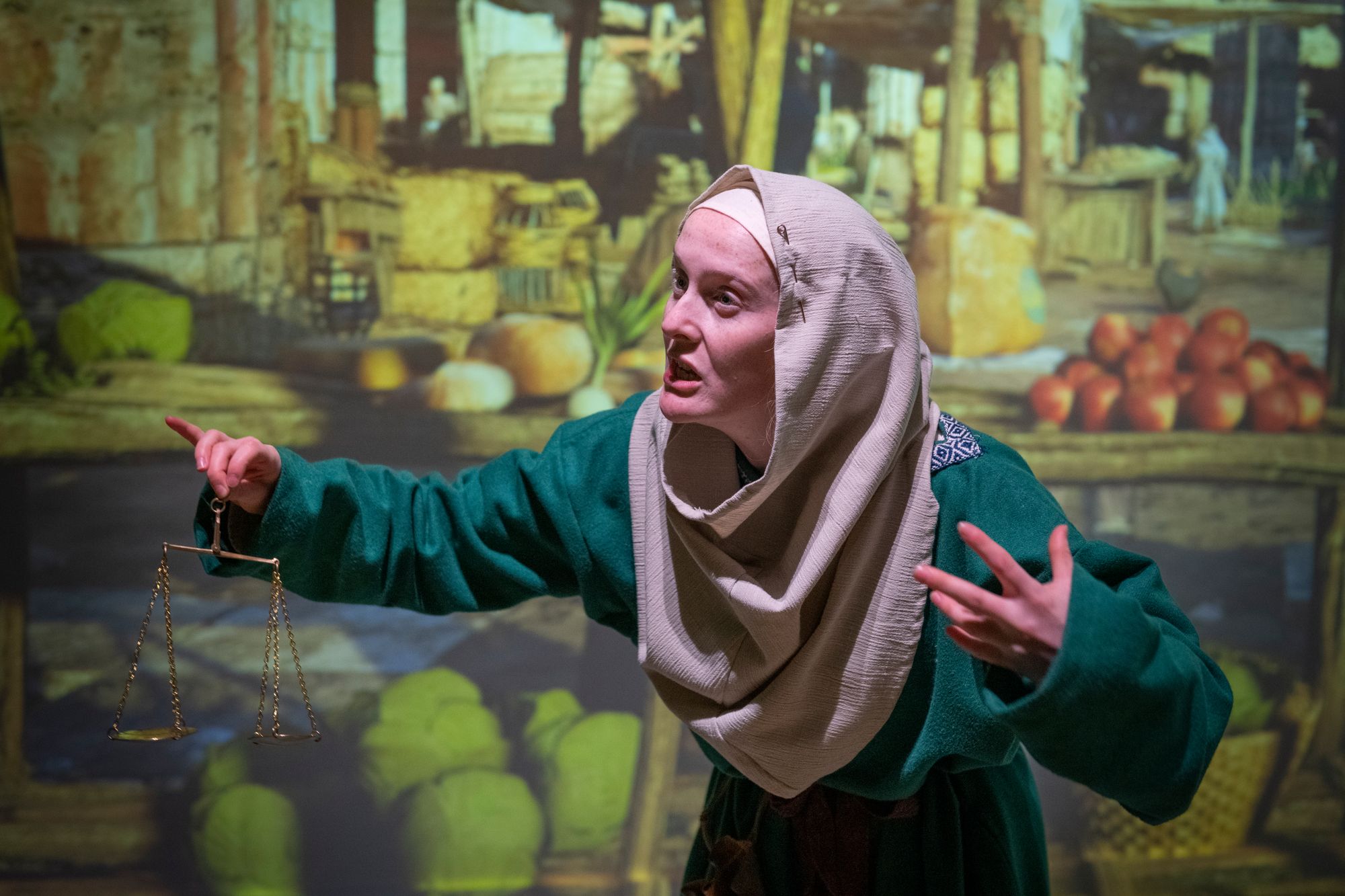Have you noticed the Battle of Edington marked in your calendars this week, leaving you wondering more about the historic event? Dr Ryan Lavelle, Professor of Early Medieval History at University of Winchester and historic advisor for 878 AD, our latest visitor attraction, shares with us his academic insight.
The year 878 formed such an important part of Britain's history because it saw the defeat of a Viking army at the battle of Ethandun (thought to be Edington in Wiltshire), after King Alfred had been driven to a corner of his West Saxon kingdom by the Vikings at the start of the year. A ‘Great Viking Army’ had been busy creating problems for other Anglo-Saxon rulers, including killing the King of East Anglia a few years earlier, so they were a force to be reckoned with.
In 878, Alfred was down but not out. After weeks in the marshes of the Somerset Levels, Alfred – and, importantly those who stood by him – were able to rally enough support from across the kingdom of Wessex to fight a battle. In the bloody clashes of warriors crushed together in ‘shield-walls’, the West Saxons, led by Alfred, edged enough of a victory to drive the Viking force, led by Guthrum, to a fortress (probably Chippenham), where they were besieged for some time. This led to a peace agreement and the baptism of Guthrum and some of his followers, which meant a division of English territory and a period of relative peace for Alfred – an opportunity to build up his military forces and perhaps even rethink what it meant to be a king. This would lead to a campaign for renewed learning in order to, as he saw it, regain God’s favour for his people.

Although the battle took place some miles west of Winchester, the city was important for Wessex as a prosperous royal centre. Because of what remained of its Roman walls, Winchester may even have been used as a ‘model’ town for Alfred’s network of town-fortresses known as burhs. With the safety of the defence of Wessex assured, Winchester would go on to be more prosperous in the years that followed: new royal churches were built and Winchester became a centre of a close relationship between the royal family and church that led to a renaissance in artistic works before the Norman Conquest.
With Alfred’s attention to the importance of the English language and those who followed in later generations — and here scholars based at or linked with Winchester were particularly important — the spoken language of English became recognised for its importance as a written language, a legacy that has resounded to this day.
So what of 878 AD, Winchester's new and impressive visitor attraction? 878 AD engages with that sense of a city and its people at a moment on the edge of history, dealing with the uncertainties of difficult times and the possibilities to come. There are excellent exhibits within the space to look at in cases, including the wonderful Winchester Reliquary, which give a flavour of the time, and thanks to the multi-media presentation, 878 AD engages with so many different senses to conveys the feeling of entering a real place. It is so different from our twenty-first century world. Above all else though, for me, it’s the people who make the real difference. The actors who play the parts of different characters from the time are wonderful – they evoke some of the spirit of the ninth century but remind us that the hopes, the fears, and the humour, are emotions that we share. It is through their performances that we come closer to the inhabitants of Anglo-Saxon Winchester.





Are you keen to find out more about AD 878? Discover historic Winchester for yourself and book now for this unparalleled Anglo-Saxon experience, 878 AD!






